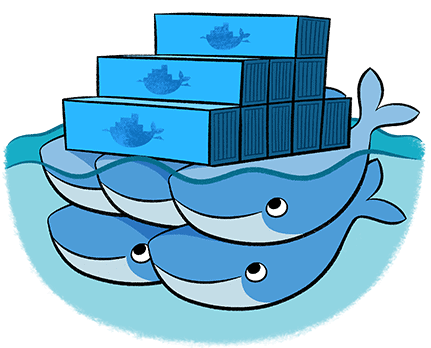Stricter enforcement comes as part of their effort to become financially viable.
Docker has announced that it is finally going to actually enforce container pull limits for non-paying users. The policy announcement came in a blog post by Docker VP of Products Donnie Berkholz.
The company will limit anonymous users to 100 container image requests per six hours. Authenticated free users can make 200 image requests per six hours. At that point, anyone who has not yet encountered the limits can reasonably conclude that their current usage of docker pulls is in that 98.5% of unaffected Docker Hub users, according to Berkholtz.
New rules mark a progressive policy evolution
Docker announced the pull limit plan in August with an effective date of November 1, explained Berkholtz.
The limit decree comes after the company used a “progressive enforcement” policy for the first half of November (2-18). Under that policy the company permitted higher pull rates but sought to inform users when they were over-quota.
During this run-up period, and possibly because of the impending limit rules, AWS announced that it would launch its own container registry, as an alternative to Docker.
Limit enforcement impacts only a few
The company also maintains that “roughly 30% of all downloads on Docker Hub come from only 1% of their anonymous users.
“That excessive usage by just 1%–2% of our users results not only in an unsustainable model for Docker but also slows performance for the other 98%–99% of the 11.3 million developers, CI services, and other platforms using Docker Hub every month,” said Berkholtz.
Docker expects the new limit policy to affect only 1.5% of daily unique IP addresses. This equates to roughly 40,000 IPs in total, out of more than 2 million IPs that pull from Docker Hub every day. The other 98.5% of IPs using Docker Hub can carry on unaffected, he claimed. In fact, Berkholtz predicted they would receive improved performance as the heaviest users decreased.
Keeping their eyes on the prize
The whole reason behind the new pull limits is to put Docker on a path to financial sustainability. “Our goal is to ensure that Docker becomes sustainable for the long term, while continuing to offer developers 100% free tools to build, share, and run their applications,” Berkholtz explained.
